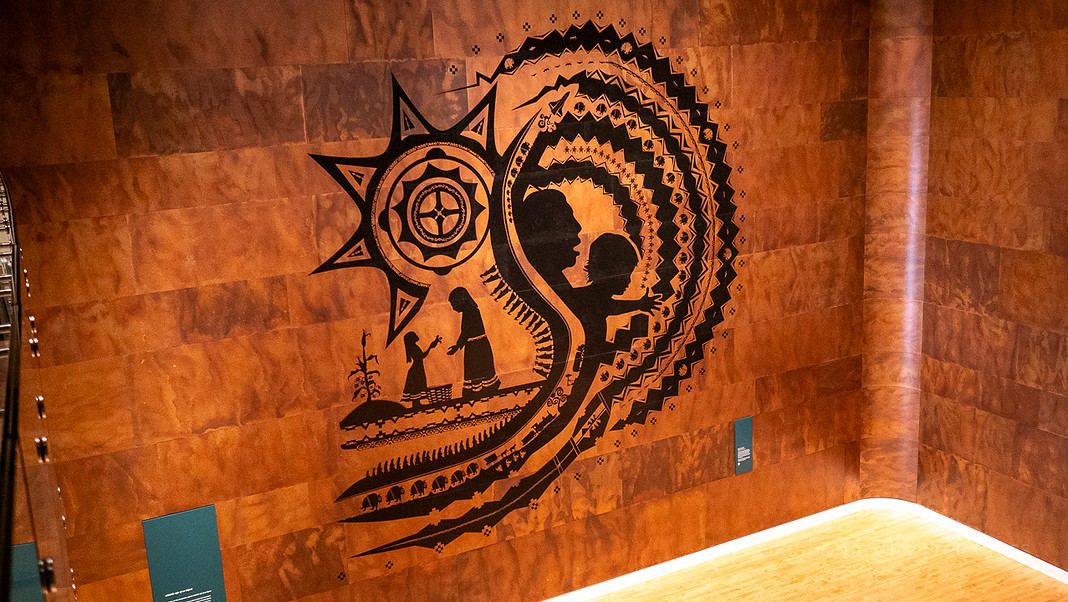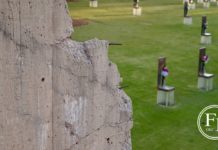OKLAHOMA CITY — When you see an object on display in a museum, it’s easy to think that its usefulness and importance are long gone, replaced with only the respect granted to historical artifacts and remnants of the past.
But that’s not the way that many of the Native cultures whose histories are told and collected in OKC’s First Americans Museum (FAM) see the objects and tools of their ancestors.
There is life in these objects, and there are energies that surround them and connect them to the hearts and souls of their cultures and communities across generations.
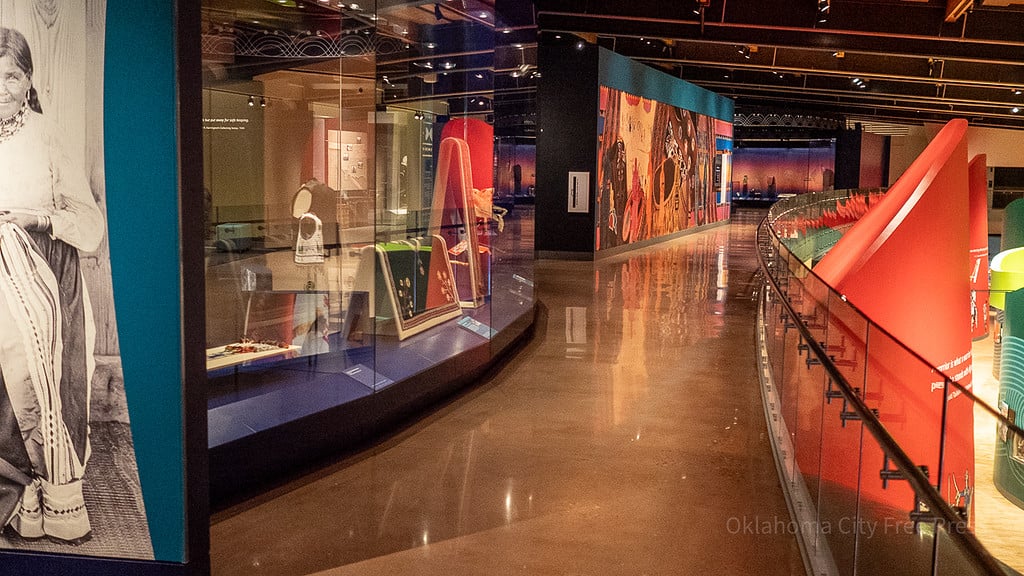
Much more than just artifacts or museum pieces, the tools, clothes, toys, instruments, and materials that were made and used by the ancestors carry stories and significance for the families, tribes, and the entire First Americans culture, especially as so much of that culture was destroyed and displaced in history.
That’s the inspiration behind FAM’s ongoing second-floor exhibit, WINIKO: The Life of an Object, a partnership with the Smithsonian’s National Museum of the American Indian that seeks to place a massive selection of items from the Smithsonian’s collection within the properly reverent cultural context.
But in studying and cataloging the objects on loan from the Smithsonian, FAM curators began forming a clearer picture of how these items came to be in the possession of white sellers and traders generations ago, and how they might be reunited with families and descendants now.
The result is FAM’s now ongoing Reunions project, aiming to connect the objects in the WINIKO exhibit to the families and tribes from which they were taken, supported by the Smithsonian and aided by a $250,000 grant from the Ford Foundation.
Life of an Object
The WINIKO exhibit has lived on the second floor mezzanine of FAM since the museum’s opening in September 2021, not only providing an in-depth look at many of the everyday items and clothing used by Indigenous peoples through the 1800s, but also offering them the reverence and atmosphere they’re due.
“We as Indigenous people believe that everything has life,” said curatorial specialist MaryAnn Parker. “These objects have life. It’s not just stagnant.”
Everything about the displays – from the organization to the color and design of the backgrounds and even to the soft music visitors can hear playing throughout the mezzanine – is designed to offer respect and acknowledgment to the lives of the items shown.
“You can hear the music here,” Parker said. “This music isn’t for the community or the people that come in to look at the objects. The music is really for the objects. They’re songs of welcome and songs of coming home. It’s on a constant loop, so these objects get to hear their native language. They get to hear the songs that they probably haven’t heard in ages.”
Reunions
The absence of music or of any life-affirming spirit around these items for so many years and decades is owed to the ways in which they were collected – mostly in the 19th Century – by white archivists and traders for purposes of cold study or lifeless display.
But when they came to First Americans via the Smithsonian’s National Museum of the American Indian (NMAI), FAM staff began seeing some possible avenues for reconnecting the objects to the lives and cultures from which they’d been ripped.
Connections were made thanks to extensive notes and cataloging by 19th Century collector and archeologist Mark R. Harrington, from whose collection a majority of the items in the WINIKO exhibit come.
“During the initial project of building and collecting these items and cultivating those relationships with the tribes,” said FAM curatorial specialist MaryAnn Parker, “researchers noticed that some of these names of the sellers were still very prominent and relevant in these cultures today.”
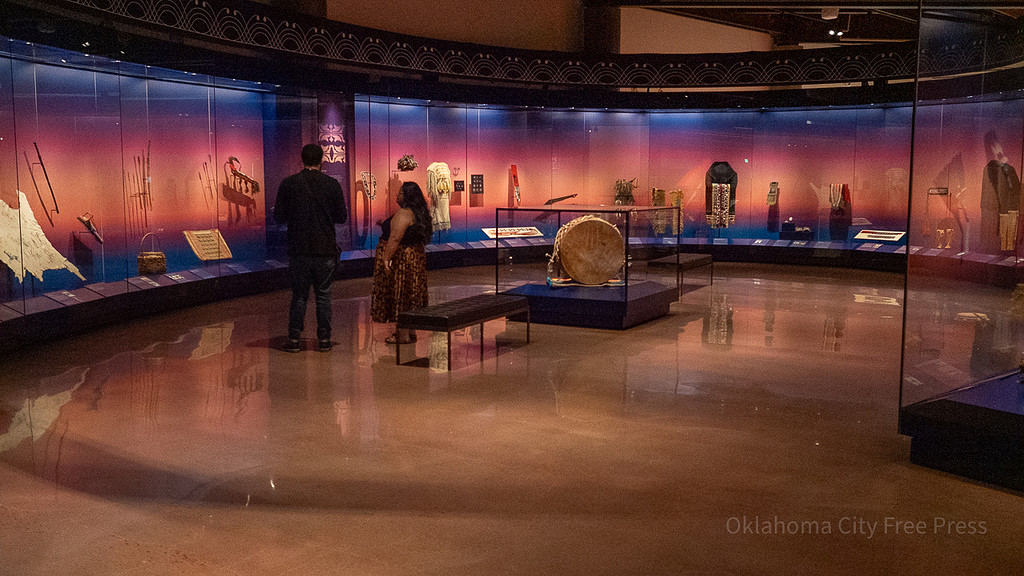
With permission from the Smithsonian, FAM staff began reaching out to some of those families and inviting them to be reunited with these lost items from their histories.
Some of the very first reunions, with families traveling to the FAM campus to see and interact with the items for the first time, were caught on camera and included in a video presentation that plays in the exhibit, with the emotions and cultural weight palpable from the family members.
“It’s important to reconnect these objects with their families, even if it’s not for long term, but just to them know that these objects exist,” Parker said. “Because a lot of families have not been able to reconnect or did not know where these objects ended up once they were taken out of the community.”
‘Laying a path’
It was the strength of those emotions and the clear importance of these connections that convinced the Ford Foundation to award FAM $250,000 in grant funding in August 2023. The award will assist with the time, research, and legwork required to properly expand the Reunions project to include as many of the items in WINIKO as possible.
FAM leaders also say they hope that the efforts and resources afforded by the grant will prompt other museums and organizations to consider a similar approach with their own collections.
“We are working to challenge the disconnection that exists between museum collections and tribal communities,” Curatorial Affairs Director heather ahtone said in a statement accompanying the grant announcement. “I hope that we are laying a path for others to follow, reconnecting the NMAI collection with our Oklahoma community.”
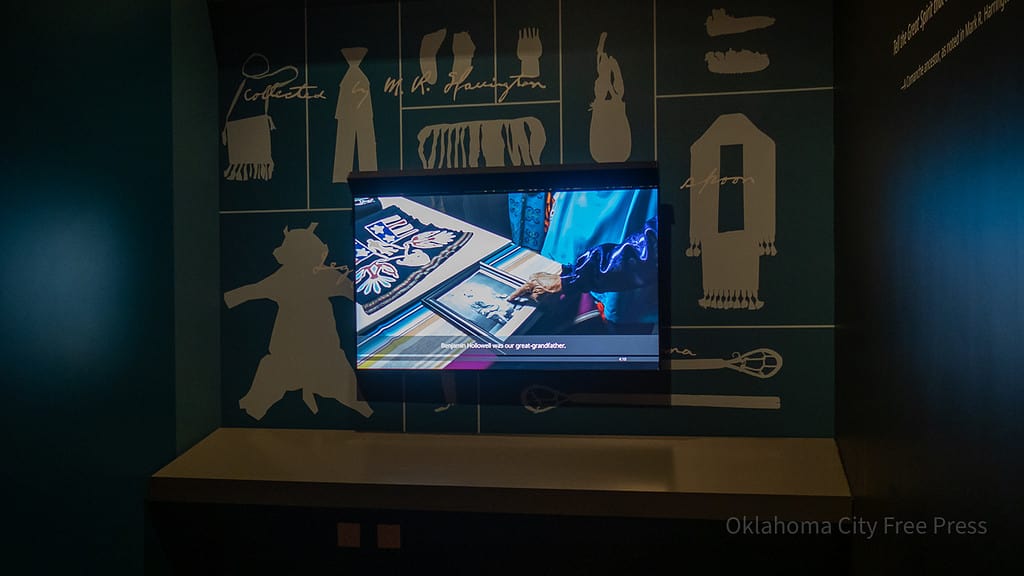
FAM has plans going forward to publish a book and produce a feature-length documentary film examining the full Reunions project following the planned closure of the WINIKO exhibit at the end of the museum’s first ten years.
At that time, they plan to let the families themselves decide what happens to these items that once, and now again, belong to their tribes and their histories.
“Some know that they’re in better care, or they just like knowing they’re in a museum, but once this ten-year loan is up, they’ll decide if they want to go through that route of repatriating these objects and bringing them actually home for good,” Parker said. “It’s all up to the families, really.”
For more information about FAM and the WINIKO exhibit and Reunions project, visit famok.org.
Brett Fieldcamp has been covering arts, entertainment, news, housing, and culture in Oklahoma for nearly 15 years, writing for several local and state publications. He’s also a musician and songwriter and holds a certification as Specialist of Spirits from The Society of Wine Educators.
